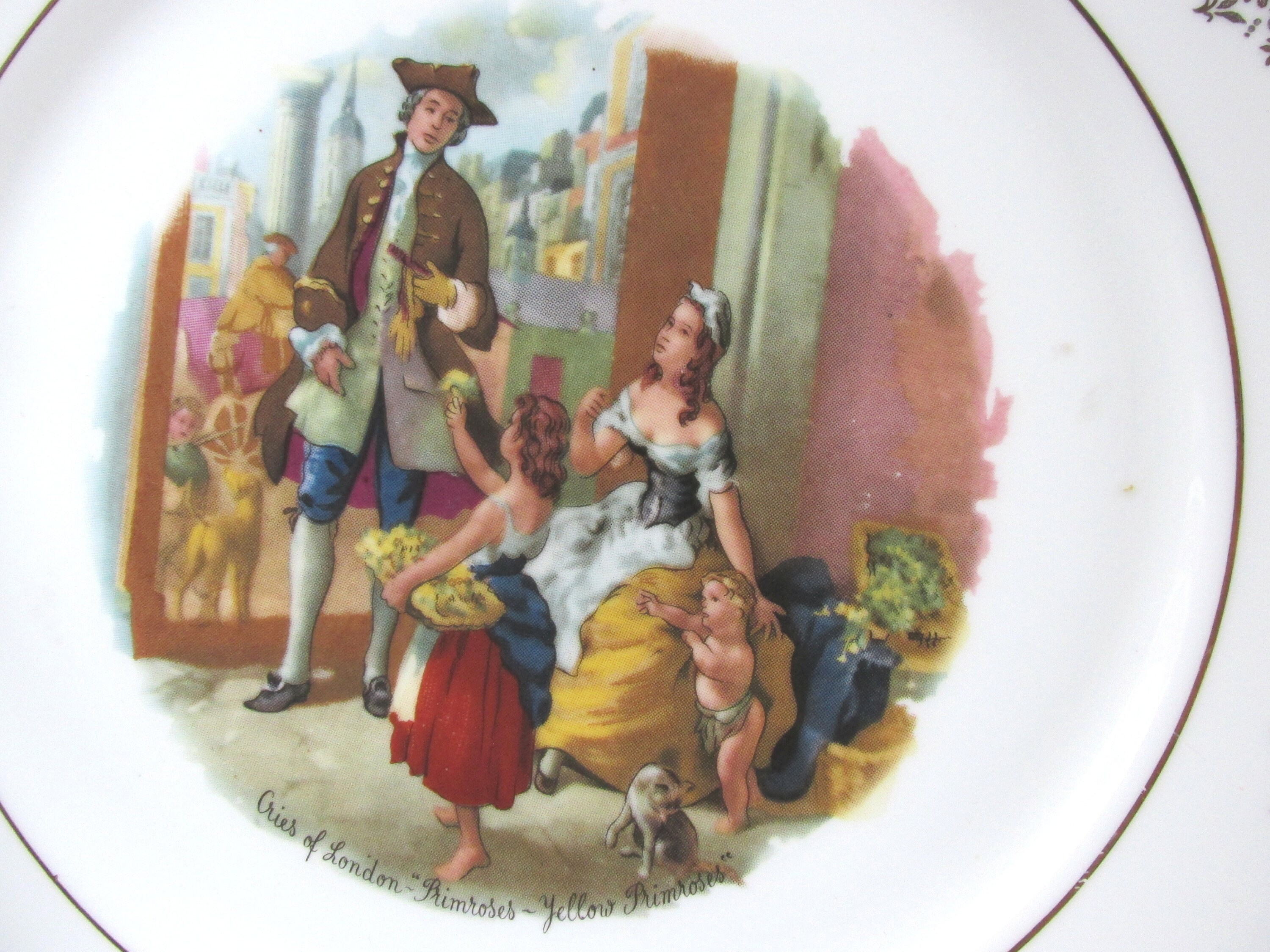The “Cries of London” series by Francis Wheatley RA captured the spirit of London street sellers in the late 18th century These oil paintings portrayed the workers who walked the city streets shouting out their wares. Among the popular prints was “Two Bunches a Penny, Primroses” featuring a primrose seller strolling along with a basket of bright yellow primroses
A Brief History of Primrose Selling in London
Primroses have been sold on the streets of London for centuries. Their clear yellow color and delicate beauty made them a favorite flower for city dwellers. Selling primroses provided a living for many, especially women and children.
The primrose sellers would walk through the streets calling out “Two bunches a penny primroses!” to attract customers. They carried shallow baskets filled with freshly picked primroses tied into small bunches. Customers could purchase a couple fragrant bunches for just a penny.
Primrose selling was most popular in early spring when the cheerful flowers first began to bloom. The sellers brought a bit of the countryside into the city at a time when spring was still just a hope after the long winter.
Francis Wheatley’s Iconic Painting
Wheatley’s painting captures a primrose seller in action. A young woman strides confidently down the street, her right arm extended to show off two sample bunches Her left hand holds the handle of a shallow basket brimming with primroses
The seller wears a country dress and a straw hat, likely signaling her origins outside of London. Her gaze is directed at the viewer as if calling out her wares. Soft lighting lends a nostalgic, romanticized feel to the urban street scene.
This image of the primrose seller became hugely popular when engraved prints were issued. It was the first in Wheatley’s “Cries of London” series, setting the tone for his idealized portrayal of working people.
Primroses as a Trademark
The association between primroses and London street sellers became so strong that the image was adopted as a trademark. In 1913, the cosmetics company Yardley made the primrose seller their logo after obtaining rights to use the image.
Yardley modified the picture slightly. They removed the roses and filled the basket with bundles of lavender. The woman became a “lavender seller,” representing the floral extracts used in Yardley’s perfumes.
This commercial use of Wheatley’s primrose seller illustrates her status as an iconic symbol of old London. The sweet flower seller calling out her wares on the city streets captured people’s imagination.
The Fate of the Primrose Sellers
During Wheatley’s time in the late 1700s, thousands of street sellers operated in London. They provided an essential service in a rapidly growing metropolis.
But industrialization and modernization led to the decline of street selling. The primrose sellers faded from London’s streets over time as the city and people’s lifestyles changed.
Wheatley’s painting preserves the memory and spirit of a time gone by. His primrose seller remains a charming symbol of London’s history. The bright blooms and the seller’s melodic cry are now just echoes of the past.

Luciano Berio – Cries of London (1974-75)
FAQ
How can I get my yellow primroses to rebloom?
Primrose Care
Fertilizing: Primrose does not require much fertilization, but you can feed with a balanced fertilizer once or twice a year in the spring and fall. Deadheading: To encourage more blooms, deadhead spent flowers by snipping off the flower stem just below the spent bloom.
Can yellow primroses survive winter outdoors?
Despite their delicate appearance, primroses love cool temperatures and many varieties are cold hardy, even in areas with harsh winters. In southern gardens, where primroses wither in the summer heat, you can treat them as annuals and plant them each fall for late winter or early spring bloom.
Are yellow evening primroses easy to care for?
With brilliant (often fragrant) yellow, pink, or white goblet-shape blooms, evening primroses are so easy to grow you’ll find them thriving uncared for along roadsides.
Are yellow evening primroses invasive?
This plant may become weedy or invasive in some regions or habitats and may displace desirable vegetation if not properly managed.
